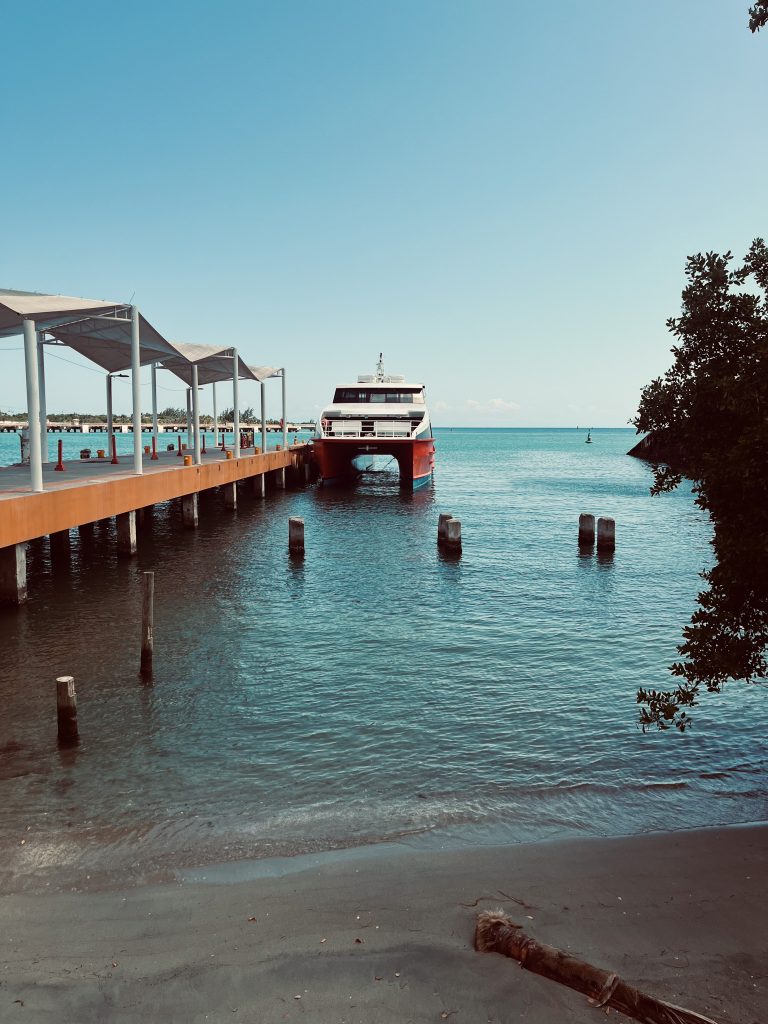Conquer Underwater Panic : Strategies for Confident Diving
Diving into the deep blue can be a breathtaking experience, but it’s not uncommon for divers to face bouts of panic underwater. Whether you’re a seasoned diver or a novice, the sensation of being submerged can sometimes trigger anxiety, leading to a frenzied response that can compromise your safety and enjoyment of the dive. Fortunately, conquering diving panic is possible with the right strategies in your toolkit. Understanding the triggers of panic and employing techniques to stay calm can transform your underwater adventures from daunting to delightful. In this article, we’ll explore essential strategies to help you maintain composure when the pressure rises. Prepare to dive into practical tips that can change the way you experience the underwater world, allowing you to embrace the serenity of the ocean with confidence and peace. Let’s uncover the secrets to a calmer dive and unlock the joy of exploring the vibrant marine life below the surface!
Understanding underwater panic : causes and psychological insights
Underwater panic is more common than you might think, even among trained divers. It often occurs when something disrupts our sense of control — a mask flooding, a regulator issue, or a strong emotional reaction. These incidents trigger our fight-or-flight response, which doesn’t quite function as nature intended when we’re 20 metres beneath the surface. Recognising panic for what it is — a natural, if unhelpful, response to a perceived threat — is the first step in managing it.
If you’re curious about what a panic attack feels like underwater, I’ve written about my own experience. It offers a personal look into how panic can develop in real-time, and what helped me manage it.
The psychology behind diving anxiety
Fear underwater is amplified by the unfamiliarity of the environment. We’re out of our natural element, reliant on equipment to breathe, see, and move. When something goes wrong, even momentarily, our brains can interpret it as a life-threatening situation. This psychological stress can lead to panic, especially if the diver feels isolated or unable to communicate. Mental preparation and familiarity with gear and protocols go a long way toward mitigating this response.
Common triggers of panic during dives
Triggers can be physical or psychological. Common culprits include:
- Equipment malfunctions or discomfort
- Poor visibility or unexpected currents
- Overexertion or fatigue
- Claustrophobia or feeling trapped
- Strong emotional responses to marine life or specific dive activities
Understanding your own personal triggers — and addressing them before the dive — is key to prevention.
Optimising diver’s safety
Preparing mentally and physically before a dive
Mental preparation can be just as important as physical readiness. Visualisation techniques, mindfulness, and mental checklists can help build confidence and reduce anxiety. Consider walking through the dive plan in your head or with your buddy. Identify potential stress points and think through how you’ll handle them. A calm, focused mindset from the start can drastically reduce the likelihood of panic.
It’s also important to ensure your physical fitness is appropriate for diving. Being in good shape improves your ability to manage stress and stay calm under pressure. Cardio fitness, strength, and flexibility all play a role in maintaining composure and handling challenging underwater conditions.
The importance of proper training and certification
Training is foundational to building confidence. Basic certification teaches you how to respond to common challenges, but more advanced courses like Advanced Open Water or Rescue Diver give you deeper insight and practical skills for problem-solving.
The Rescue Diver course, in particular, is invaluable. It trains you to manage both your own stress and that of others in emergency scenarios, and helps reinforce calm, clear thinking under pressure. You’ll learn techniques for handling panic in yourself and others, often through realistic drills that mirror real-life incidents.
Strategies to stay calm underwater
Breathing techniques to calm your nerves
Breathing is one of the most effective tools for managing stress underwater. Slow, deep breaths help regulate your nervous system and keep CO2 levels in check. If you feel anxiety creeping in, try a four-count box breathing pattern: inhale for four seconds, hold for four, exhale for four, hold for four. Practising this on land can make it second nature underwater.
Fostering a supportive diving environment
A strong dive culture makes a big difference. Surround yourself with experienced, communicative divers who support rather than judge. Debriefs, sharing experiences, and maintaining a positive, pressure-free environment help everyone feel safer. The more supported you feel, the less likely you are to panic.
Effective communication with your dive buddy
Don’t underestimate the power of a good buddy. A pre-dive check-in, clear communication underwater, and trust in one another are fundamental. If you know your buddy is watching out for you, you’re less likely to feel alone when anxiety hits. Don’t be afraid to agree on backup signals or contingency plans. The confidence this builds is huge.
Rebuilding confidence after a traumatic incident
Traumatic experiences underwater can leave a lasting imprint. Even after time has passed, the memory can remain vivid and evoke anxiety if it hasn’t been addressed. It’s important not to rush back into diving. Instead, take steps to return at your own pace.
Start by discussing the incident with someone you trust — a friend, a dive instructor, or even a mental health professional. Then, consider easing back in gradually. You might begin with snorkelling or swimming in a pool or other confined water environments where conditions are predictable. These settings allow you to practise calming techniques and regain trust in your abilities and gear.
Make your return dive with someone you feel completely safe with. Choose a calm, easy site and focus on small, positive wins. Remember, it’s okay to back out if you don’t feel ready. There’s no pressure to prove anything — the goal is to rebuild your confidence and restore your enjoyment of the underwater world.
Reflective practice for continuous improvement
After every dive, take time to reflect. Did anything make you uneasy? Did you respond well under pressure? Share your experiences — you’re not the only one working through these challenges.
If you’ve never read it, I share a personal story of experiencing a panic attack during a dive and the factors that helped me through it [insert link to your personal panic attack article]. It’s a useful read if you’re curious how it feels from the inside, and how even seasoned divers can face moments of intense fear.
Conclusion: embracing the underwater world with confidence
Managing panic isn’t about being fearless — it’s about being prepared. Know your triggers, trust your training, and take care of your body and mind. The ocean can be unpredictable, but with the right mindset and support, you can learn to stay calm and enjoy the wonders beneath the surface. Panic is just another part of the learning curve — and one you can absolutely conquer.
If you have also experienced panic underwater, don’t hesitate to share your story or your best tips in the comments below!







